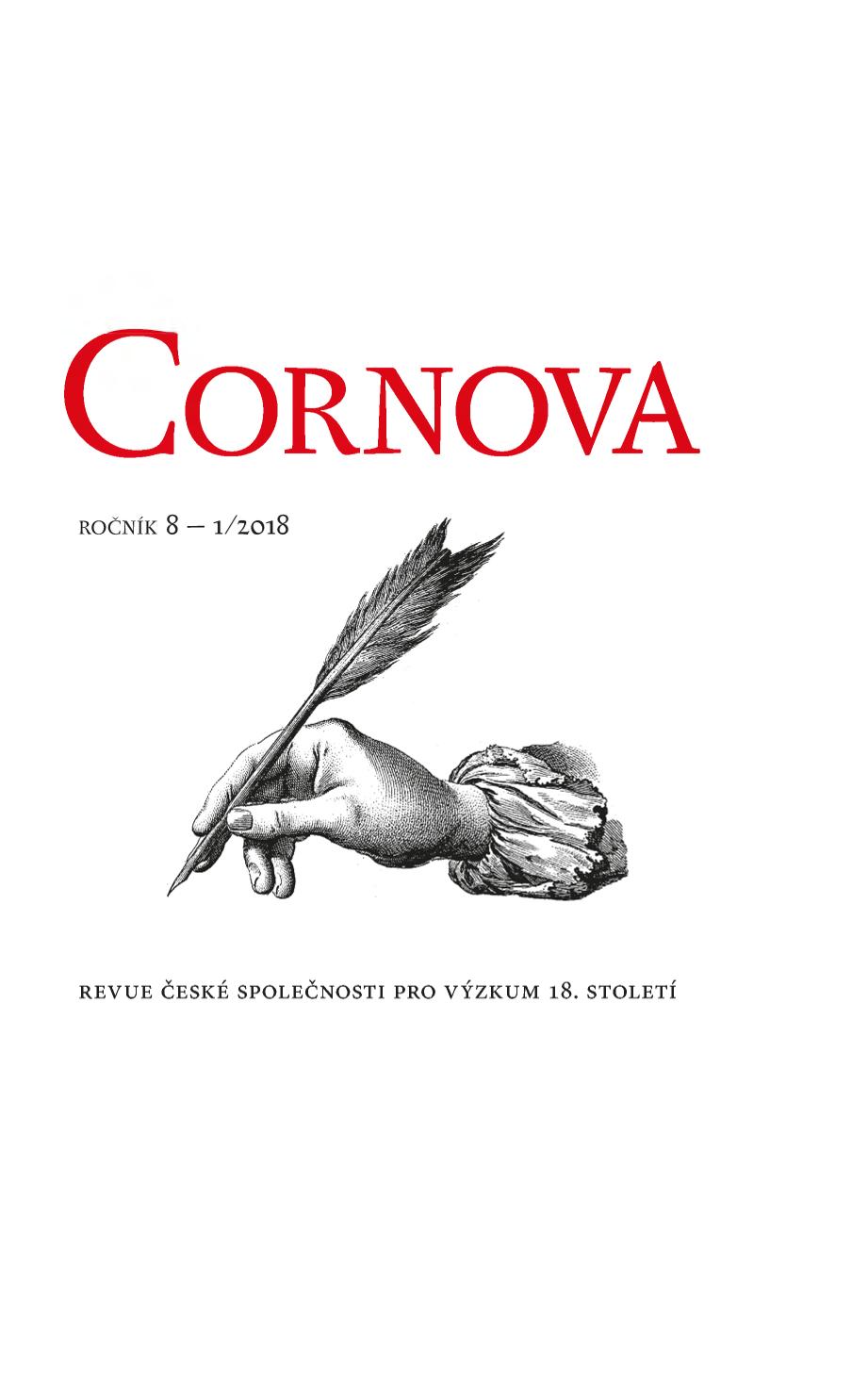Neoklasicistní dekorativní umění ve střední Evropě v éře Marie Terezie a Josefa II.: Transkulturalita, nebo kulturní reprodukce?
Neoclassical Decorative Arts in Central Europe during the Era of Maria Theresa and Joseph II: Transculturality or Cultural Reproduction?
Author(s): Pavel Suchánek, Tomáš ValešSubject(s): Cultural history, Visual Arts, History of Education, 18th Century, History of Art
Published by: AV ČR - Akademie věd České republiky - Ústav pro českou literaturu
Keywords: decorative art; design; neoclassicism; Moravia; Vienna; Josef Winterhalder the Younger; Andreas Schweigl; art academy;
Summary/Abstract: This paper considers forms of cultural transfer in decorative design in Central Europe in the second half of the 18th century, focussing on works that combine aspects of both free creative art and artisan craftsmanship. Based on a detailed analysis of a number of works (or parts thereof), the authors show that trends in decoration that had hitherto been broadly interpreted as a somewhat uninventive adoption of fashionable French graphic pattern-books and picture albums in the “goût grec” style (Jean François de Neufforge, Jean-Charles Delafosse et al.) in fact represented an innovative quest for an original modern synthesis taking its inspiration from classical Roman art (Giovanni Battista Piranesi, Giocondo Albertolli, Carlo Antonini) and developing ideas emerging from the recently introduced teaching of artistic design at the Vienna Academy and from circles close to the imperial court (Johann Baptist Hagenauer, Ignaz Josef Würth et al.). The whole phenomenon in considered within the wider context of official cultural policy at the time of Maria Teresa’s and Joseph II’s economic and administrative reforms and is interpreted as one of a number of processes and strategies which, for various reasons, led to a reduction in transcultural transfer. Decorative design in Central Europe in the latter half of the 18th century thus paid more than lip-service to the ideal of universal culture in the sense of transculturality, interpreting it in a specifically local, middle-European and to some extent “nationalized” way – and, from a historical perspective, with extraordinary success.
Journal: Cornova
- Issue Year: 08/2018
- Issue No: 01
- Page Range: 95-110
- Page Count: 16
- Language: Czech

